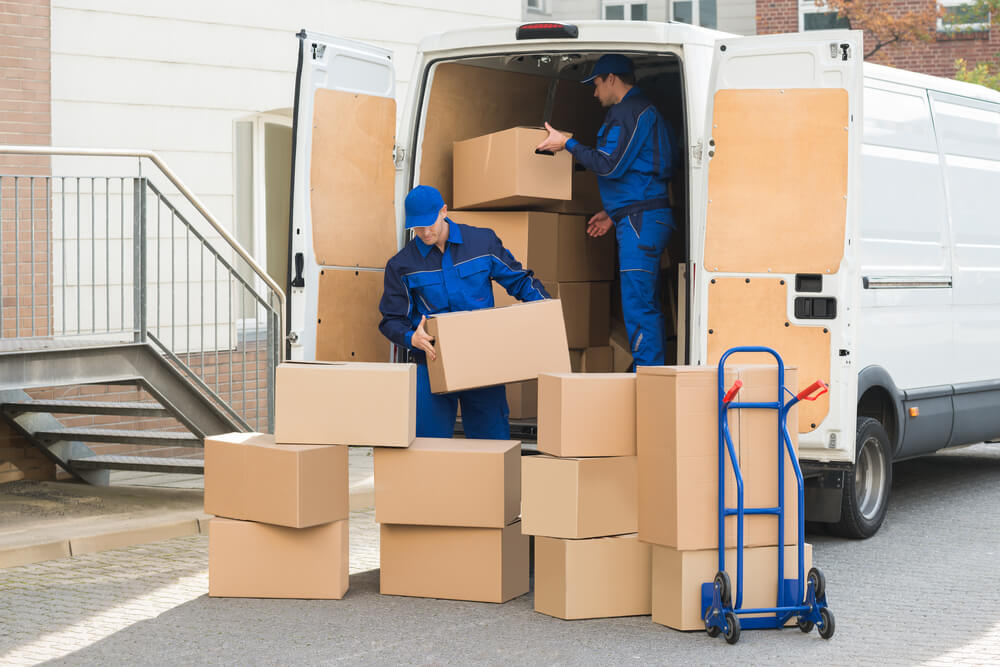Whether it is your first deck or replacing an older one, selecting the appropriate composite decking Adelaide can be daunting.
What sets these companies apart is the material used in making their deck boards. In addition, different profiles exist, which make installation simpler or lighter.
Durability
Composite decks don’t absorb moisture like wooden decks, meaning less annual maintenance is necessary to keep them looking their best. Furthermore, composites resist stains, mildew and mould growth while freeing from splinters – the critical benefits for outdoor spaces!
As they’re made from multiple materials, composite decks can be stronger than their wooden counterparts, supporting furniture and pets without warping or cracking as they age. Additionally, composites may offer lower maintenance costs than wooden alternatives.
One of the significant advantages of composite decking Adelaide is that it comes ready-made; there is no need for sanding or staining! Many manufacturers provide an assortment of colours so you can find one that reflects your aesthetic while matching up perfectly with the exterior of your home.
Most composite decks are capped, which involves adding a protective PVC sleeve on one or more sides to protect it from moisture damage that causes rot and mould, helping ensure its long-term viability. Capping may occur on all four sides or some combination thereof, depending on manufacturer specifications.
Low Maintenance
While wood decks require regular staining and refinishing, composite ones only need periodic washing with soapy water – so you’ll spend less time maintaining your deck and more time enjoying it!
Advanced composite decking Adelaide materials offer greater durability, resistance to fading and colour change, and protection from moisture damage. Many manufacturers also utilise hidden fasteners that clip into grooves along the side of boards for an aesthetic finish, leaving no visible screws or plugs.
Most composite decks are composed of recycled plastic and wood fibres, meaning that when their long life span ends, they can be recycled back for reuse, thus decreasing the need to harvest natural timber resources. They may even help save trees by recycling wood by-products instead of sending them directly to landfills or oceans – this helps lower our carbon footprint while limiting chemical releases into the environment.
Eco-Friendly
Contrary to natural woods such as cedar and redwood, composite decking is naturally resistant to mould and rot. Furthermore, it’s non-toxic and made from recycled materials like local recycled plastic waste and lumber mill scraps used to manufacture deck boards – thus saving over 60,000 tons from ending up in landfills while helping preserve forests.
Opting for a composite deck can also reduce greenhouse gas emissions. Furthermore, composites require significantly less maintenance than wood products – thus cutting back on yearly upkeep costs and staining chemicals associated with staining.
Though composite will never look exactly like real wood products, its colour will fade with sun exposure. This effect can be more visible with darker-hued decking options; however, regular cleaning with water and soap instead of harsh chemical cleaners may help.
Affordable
Compared with wood decks, composite will cost less up-front while offering savings on annual maintenance costs.
Composite manufacturers take their sustainability commitments seriously. They use recycled plastic film and reclaimed wood fibres to manufacture decking to extend the lives of trees while simultaneously decreasing waste, helping reduce ecosystem debris and landfill accumulation.
Building a deck is a significant home improvement project that requires skill, heavy equipment, and materials. Hiring professional deck builders may often be less expensive than DIY; many offer free quotes, so be sure to inquire about the estimated costs for your specific project based on factors such as the size and design of the deck, as well as regional labour rates and type of composite material used.
When it comes to building a new deck, your options are wide and varied. The material you choose to make it with has a huge impact on its look, durability, and ease of maintenance. One of the most popular choices for a new deck is composite. This mix of recycled wood and plastic offers the best of both worlds – the strength and longevity of plastic with the natural look of real wood.



